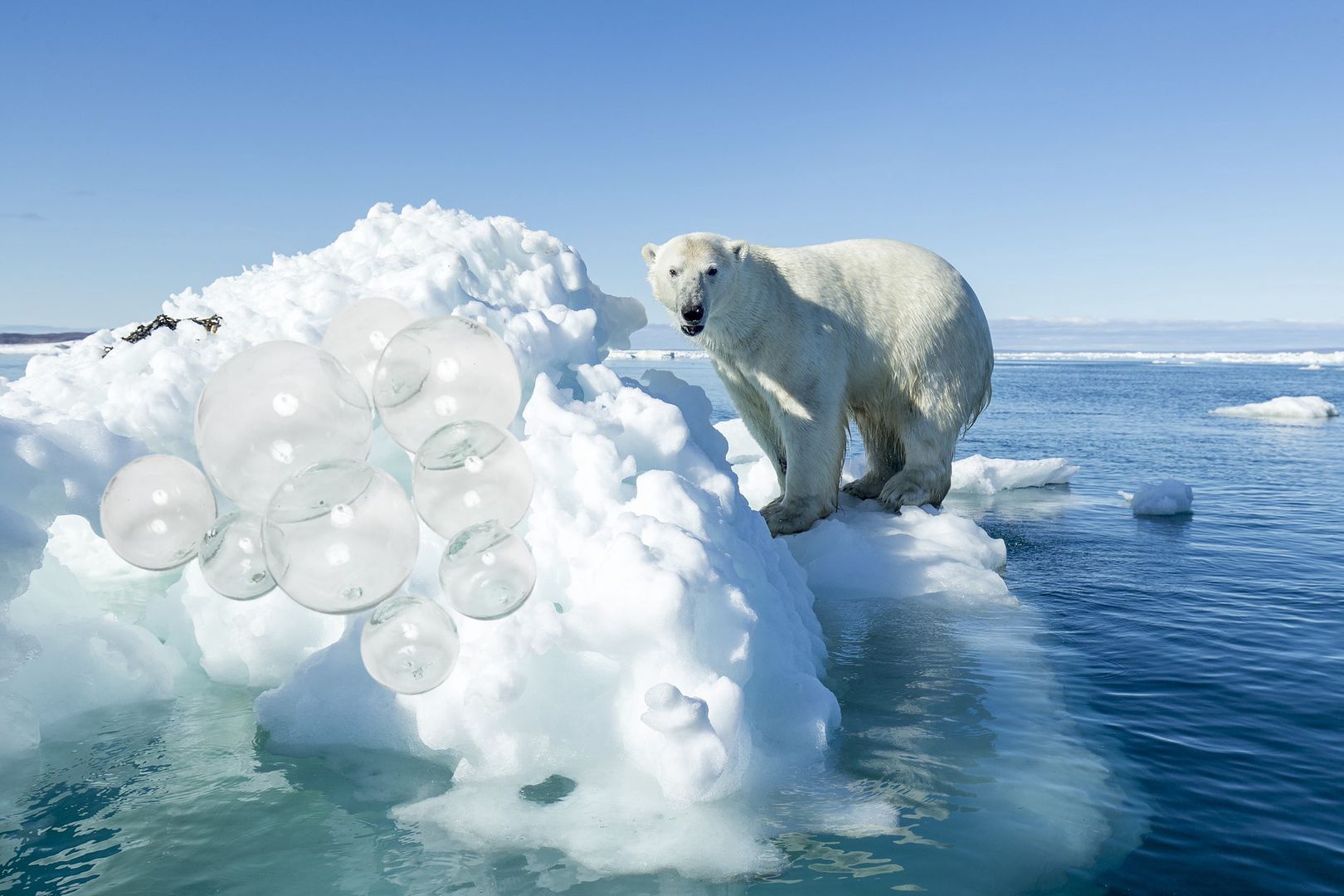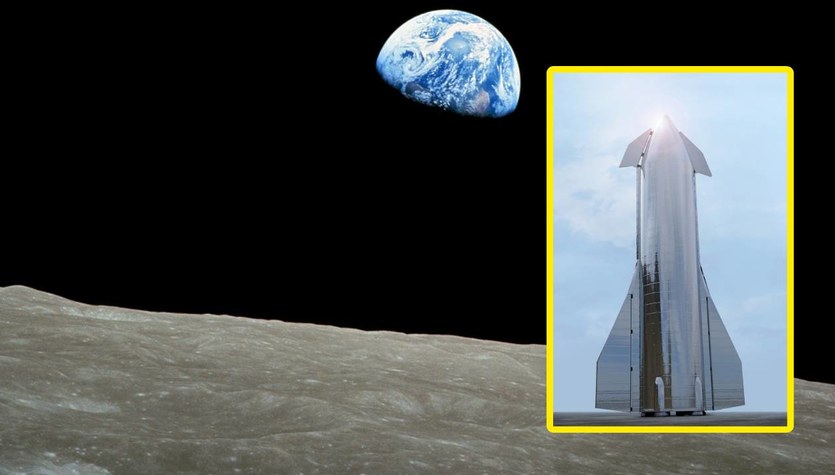Satellite data shows that Arctic sea ice is “melting at an alarming rate”. Simulations indicate that it may be completely missing by 2050 during the Arctic summer. For this reason, in 2018 in one of the Research It has been suggested that layers of human hair-thick glass spheres be placed over arctic sea ice to lighten its surface and stop the melting.
Glass balls were supposed to solve an urgent problem
According to the study authors, the use of small, hollow glass spheres would increase the amount of sunlight reflected from the glaciers, thereby lowering their surface temperature and giving an opportunity for sea ice to recover. A new research has been published in Earth’s future However, they provide a comprehensive set of calculations that show that glass globes are not the answer to the Arctic problem.
Our results show that the proposed efforts to halt the loss of Arctic sea ice would be counterproductive,” explains Melinda Webster, a polar explorer at the University of Alaska’s Institute of Geophysics in Fairbanks.
Webster collaborated with Stephen Warren, an atmospheric scientist at the University of Washington, to analyze a hypothesis from a 2018 study. He found that a layer of glass spheres 65 micrometers in diameter, spaced about five spheres deep, could increase the reflectivity and thickness of Arctic sea ice.

Arctic glass globes won’t cool off
While the 2018 study only looked at thin sea ice with little snow cover, the duo calculated changes in solar energy in all eight states of Arctic sea ice at different times of the year. In contrast to previous research, it also took into account the seasonal coverage of snow and meltwater, as well as sunlight at sea level and in the upper atmosphere, cloud cover, and the way the beads interact with sunlight.
The rest of the article is below the video

According to the researchers, the layers of the balls can actually make the new thin ice more reflective. The problem is that the entire process will be minimal, as thin ice mainly forms in the fall and winter when sunlight is low. Meanwhile, during spring, most Arctic sea ice is covered in bright white snow and deep snow that strongly reflects light. So adding glass globes will actually make the surface of the sea ice darker at this time of year, which leads to more warming and melting.
Hollow glass spheres absorb some sunlight, so spreading them over sea ice will darken shiny surfaces like ice covered in snow”- they write Webster and Warren. “The end result is counterproductive: the proliferation of empty glass globes would warm the Arctic climate and accelerate the loss of sea ice,” they noted.

Although the hollow glass balls reflect a lot of sunlight, their thin layer is still there It consumes about 10 percent. Energy from sunlight Enough to speed up global warming in the Arctic. “Using microspheres as a way to restore Arctic sea ice is not possible,” Webster says. “While science must continue to research ways to mitigate global warming, the best solution for society is to reduce behaviors that continue to contribute to climate change,” she concluded.

Rate our article quality:
Your feedback helps us create better content.

Echo Richards embodies a personality that is a delightful contradiction: a humble musicaholic who never brags about her expansive knowledge of both classic and contemporary tunes. Infuriatingly modest, one would never know from a mere conversation how deeply entrenched she is in the world of music. This passion seamlessly translates into her problem-solving skills, with Echo often drawing inspiration from melodies and rhythms. A voracious reader, she dives deep into literature, using stories to influence her own hardcore writing. Her spirited advocacy for alcohol isn’t about mere indulgence, but about celebrating life’s poignant moments.










